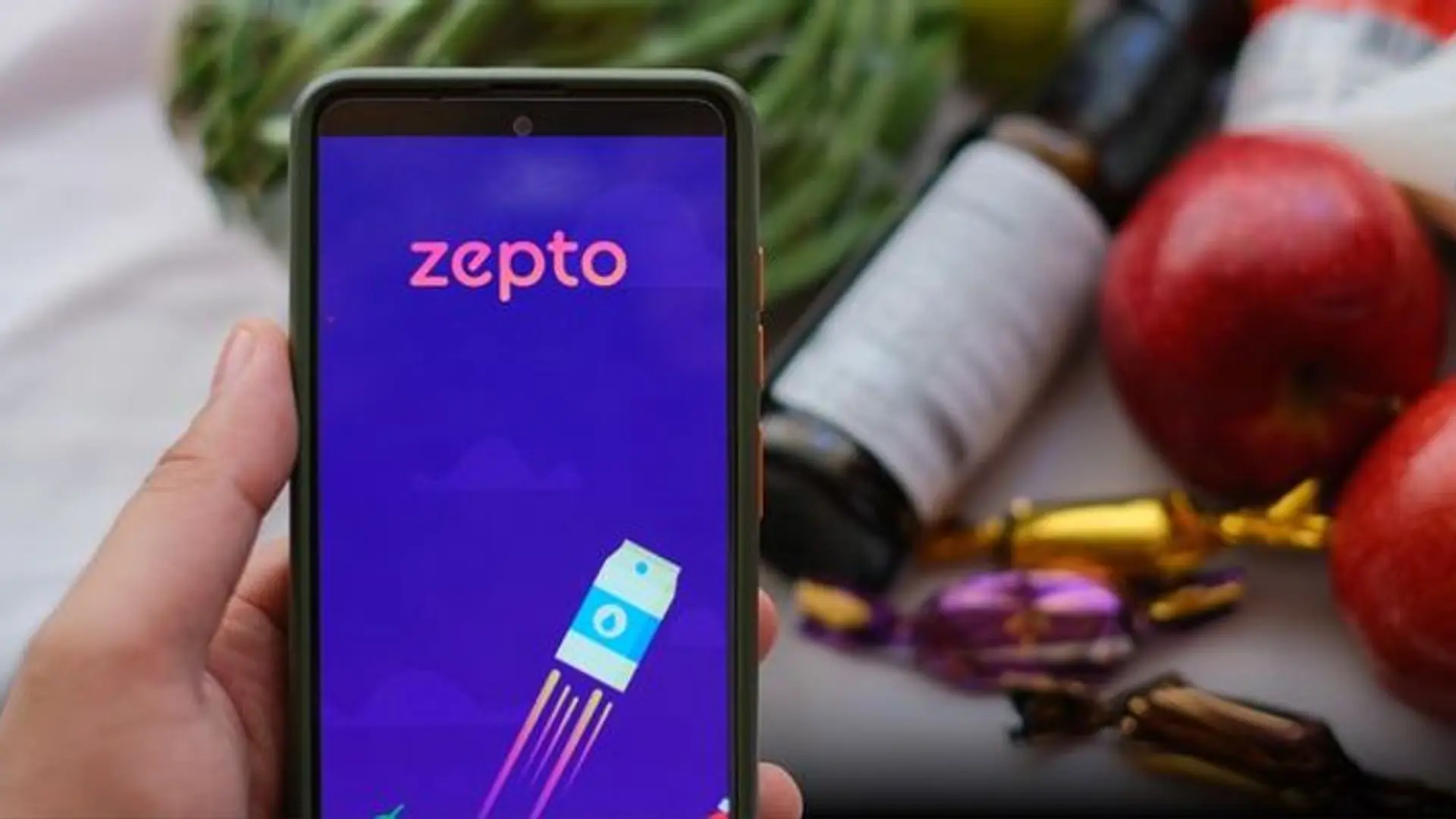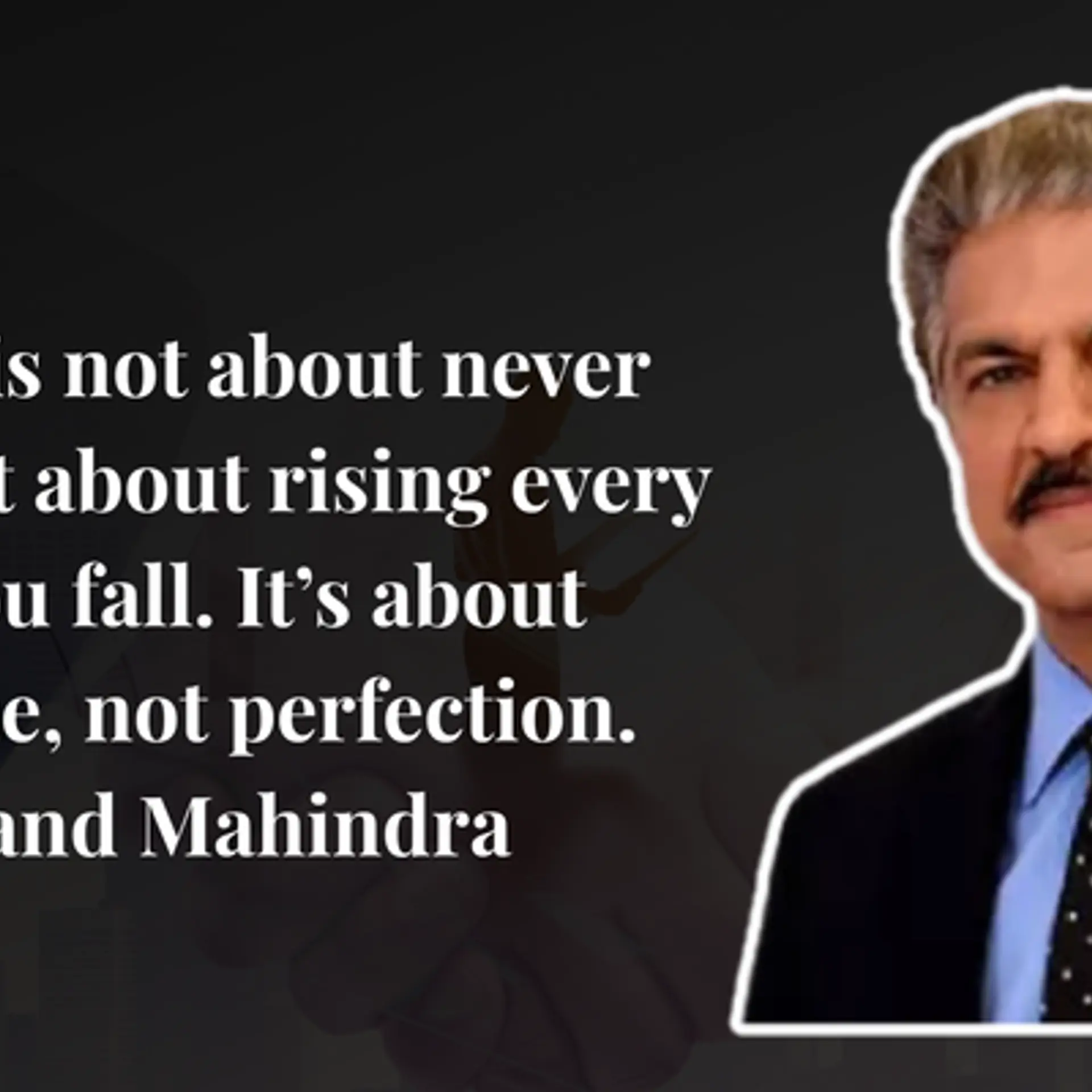Technology-enabled tuitions: the next big thing in education
The education technology industry has been around since PLATO (1960), the first generalised computer assisted instruction system. Despite the many efforts since then, there have been few outstanding successes. Apple Computer arguably established its early survival on the basis of the education market. Since then, there have been only a few companies that have built scale businesses in edtech – the biggest being Blackboard, an ERP tool for schools and universities, at US$700 million in annual revenue. To put this in context, the entire global edtech software market generated US$8.4 billion in the 2012-13 academic year. To put US$8 billion in context, it is roughly equal to two weeks of Apple sales.

With the advent of the Internet and rich media, interest in edtech has risen. The last few years have seen an explosion in teaching content, of which Khan Academy is perhaps the most visible success, albeit a non-profit. But the industry still struggles to inject new ideas into the education sector, given enormous institutional resistance from the school system in virtually every country of the world.
Over the past eight years, we have patiently learnt what it takes to teach Math and Science to Class 6-10 students using tablets. The following are insights from our work, some of which may be obvious while others unexpectedly surprising:
- The most obvious insight was that everyone was primarily focused on a single outcome – exam marks – and not education for its own sake. Though this is not surprising, it is important to keep in mind as one builds education solutions.
- The really unexpected one was how ineffective even the best teaching videos can be. The big difference between an in-person teacher and a teaching video is the enormous drop in engagement. A human teacher establishes eye contact, thus compelling the listener to pay attention. Videos, however, cannot enforce attention and even the most motivated learner will lose concentration with even the best teaching videos. But this isn’t the only problem. A human teacher changes how and what they teach depending on student response – different teaching for different learners. Videos can’t do that today.
- A widespread belief is that the best education is self-paced, where a student goes as slow or as fast as appropriate for him or her. This turns out to be wrong as well – just the way work expands to fill time, so does studying! And worse, all students have a synchronous moment – exams at the end of the term.
It also became apparent that technology was being underutilised in education in some very obvious ways. Studying is much like many white-collar jobs – most of which these days have sophisticated computing tools to improve productivity. Very little of that is incorporated in K-12 education today. For example:
- Every smartphone and tablet has a camera. Why not encourage students to take pictures of all the work they do with pen and paper and tag them to the right chapter, so that they can always be found quickly in the right place?
- Memorisation is a crucial part of the Indian exam scene. Why not apply memory science to make it easier for students to memorise what they need for exams?
- Why not have a school calendar and ‘to do’ list that helps students organise their lives?
- Why have big heavy bags when all the textbooks can be put on something as small as a Kindle?
- Collaboration and peer learning are incredibly effective in learning, something that computers can easily enable.
It is ideas like the above that we have developed over the past four years in the 25 labs (tuition centres) that we have operated in Bangalore and Gurgaon. Instead of focusing on creating teaching videos (we just license and curate them from the web), we focused on what it takes for students to learn. Not just the brilliant ones who get into the IITs, but all kids.
These insights, however, are useful only if we can find a distribution channel by which the ideas can reach students. We know that selling online education direct to consumers eventually fails as very few students do sustained learning from an ‘online only’ model. We realised early that the after-school tuition market was a potentially powerful vehicle. The closest analogies are what Uber has done in enabling everyone to become a cab driver or AirBnb has done in the hospitality industry.
Tutors tend to be part of a fragmented market with very few brands recognised by consumers. For most students, it is well nigh impossible to commute to a branded tuition ‘centre’ unless they are in Class 10-12. And even if you get there, the classes replicate a school with little personalisation. So the neighbourhood tutor who is around the block is a preferred solution for most parents with children who are less than 16 years old. And this group of professionals (tutors) has no one paying attention to their needs. They are potentially an enormous market – in India today, the 75 million children who go to after-school tuition collectively spend 20-30 times more time with a tutor than on online learning.
Tutors have none of the resistance that schools have. Many of them are young people who do some other day job. They have subject-matter competence but don’t know what is the specific curriculum of every Board and every class. They become much more efficient if besides being given the content, they are also given tools that allow them to communicate effectively with students and parents. This approach can be called “Blue Ocean” – a new segment with needs not being serviced by anyone yet.







